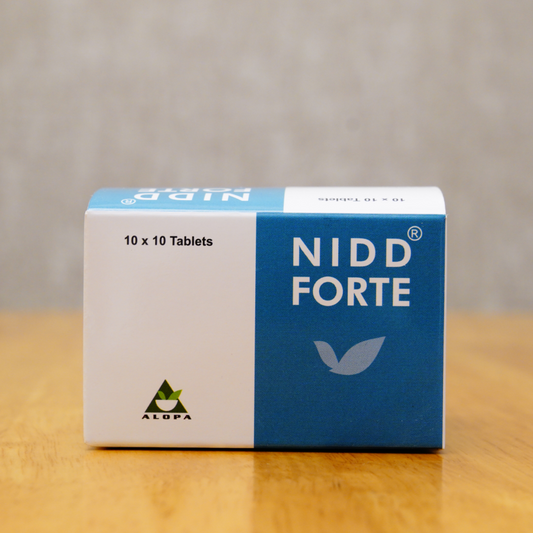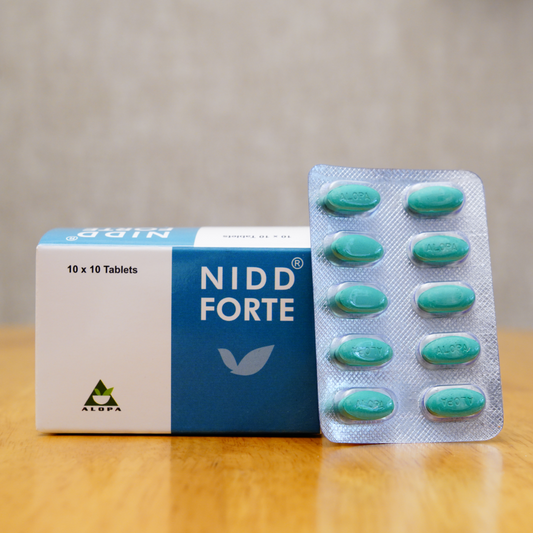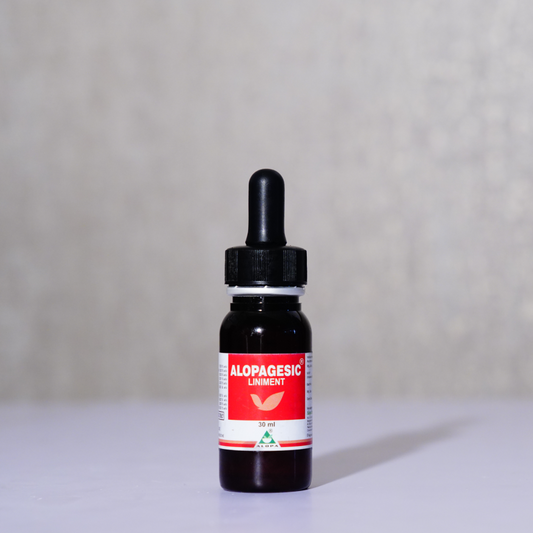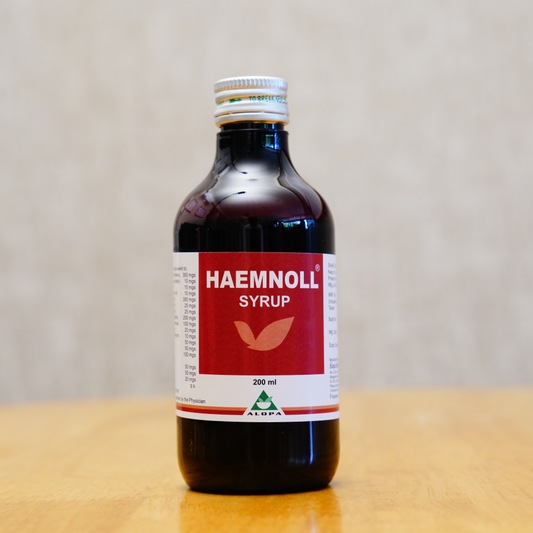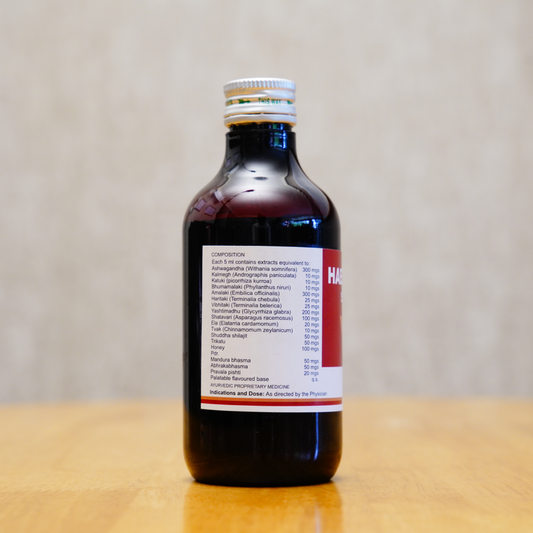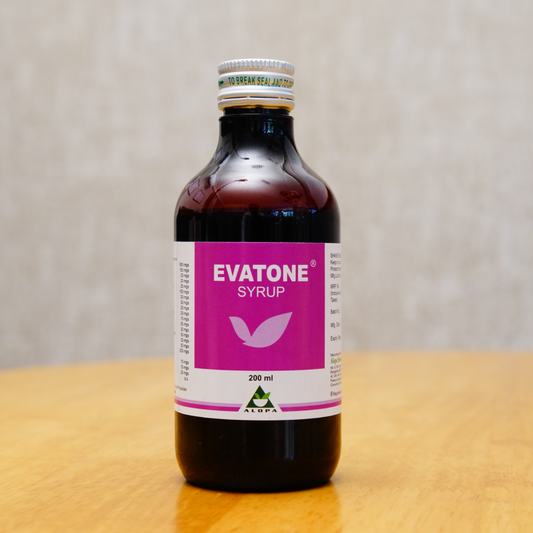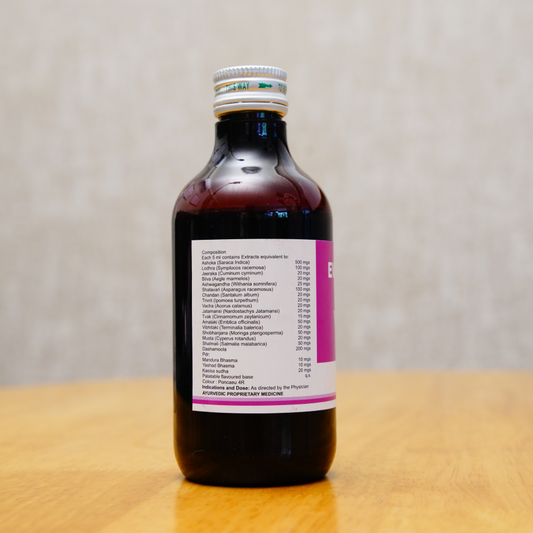
Madhu (Honey) – Apis mellifera / Apis cerana indica
Madhu nourishes and cleanses the body, supports digestion, and soothes the throat with its natural sweetness.
Madhu, or Honey, holds a very special place in Ayurveda and is considered both a food and a medicine. In India, honey is sourced from different types of bees, but the variety most often used in Ayurvedic preparations is forest or wild honey, gathered from indigenous bees like Apis cerana indica in regions such as the Himalayan foothills, Madhya Pradesh, Maharashtra, and parts of South India. This honey is prized for being raw, unprocessed, and rich in natural enzymes and medicinal properties. In Ayurveda, Madhu is described as light, dry, and a natural harmoniser of the doshas, particularly helpful in reducing Kapha. It is used as a yogavahi — a carrier that enhances the action of other herbs — and appears in countless classical formulations, from Chyawanprash to cough syrups, digestive powders, and medicated ghees. Honey is valued for improving digestion, cleansing the body’s channels, soothing the throat, and supporting respiratory health. In households, it is also commonly taken with warm water, lemon, or herbal powders as a simple remedy for colds and sluggish digestion.
Caution: Ayurveda warns against heating honey or adding it to very hot food, as this is believed to create toxins. People with high blood sugar should also use honey in moderation.
Included in:
Alopakof- Relief in Allergic cough

